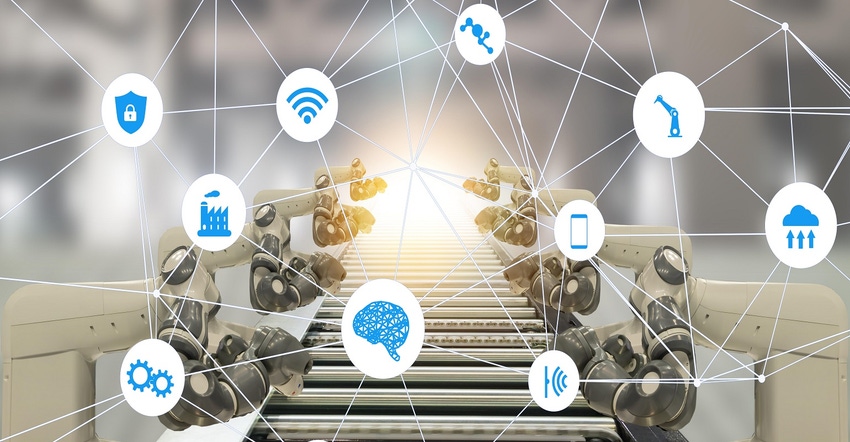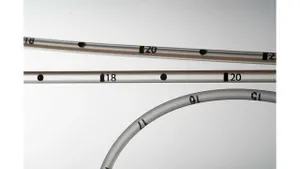Top Predictions for Manufacturing in 2023
In the near future, manufacturers will increase their focus on sustainability, workers’ digital readiness, and the “servitization” of assets.
December 23, 2022

Most manufacturers didn’t take a break during the COVID-19 lockdown. They used this extraordinary period to continue innovation and digitalization. The pandemic revealed multiple weak areas that needed to be corrected. Since then, we’ve seen manufacturers increase their efforts to meet new demands.
That means focusing more attention on sustainability, making sure employees are trained to be successful in a world of greater digitization, and – when appropriate – utilizing the ability to rent assets rather than own them. All roads to the future of manufacturing are paved by technology. Success will be won by those who are best able to utilize that technology.
We caught up with Henrik Reif Andersen, chief strategy officer of Configit, a company that produces manufacturing configuration tools. He offers five predictions for the future of manufacturing.
Prediction 1: Manufacturers will give greater weight to sustainability and build this into their operations.
As the push toward greater sustainability gains traction, this will undoubtedly influence how manufacturing is conducted. This is the direction of the business, and organizations must prepare for it. As a result, we expect that more businesses will continue to try to include more sustainable strategies in their processes. That means more companies will try to integrate sustainable practices into their operations. This has been a struggle so far, but it’s something that customers are asking for and need guidance on in terms of how to make sustainable choices. Implementing software that can guide you through this process is key, and we expect to see higher demand for it.
Prediction 2: Employee digital experience will become an integral component in manufacturers’ business processes.
When speaking about digitalization, most people automatically think of the customer experience, but it’s also important to consider the digital employee experience.
If you’re an employee of a manufacturing company who is responsible for part of the value chain and bringing products to market, then you are most effective if you also have a solid digital experience. Having digital access to the next version of products, what the next features are, and what options you can offer to the market creates a better experience for customers in terms of what they are interested in, what they are buying, what you end up delivering and perhaps what went wrong in the process.
The digital employee experience concept is essentially a similar concept to digital customer experience but from the employee perspective. Manufacturers will put more emphasis on the digital employee experience and make greater strides toward this.
Prediction 3: The digital employee experience will help address present supply chain problems.
In the face of disruption, you want to be able to react quickly, and if you don't have well-connected systems where you can see the effects of adapting to the changes in the supply chain, then you will have issues. Manufacturers who implement configuration tools will benefit from a greater customer experience due to being able to react very quickly and confidently because they know that when they make a change, they will know what the effect will be on downstream systems. The digital employee experience will gain popularity as supply chain issues persist.
Prediction 4: Modular architectures will become more common as manufacturers seek to maximize the advantages of new technologies.
Companies are looking for platforms for their IT and the reason for that is technology is changing very rapidly. How do you gain the benefit of new technologies coming out like 3D visualization, augmented reality, and so on, without having to repeatedly reinvest in your IT?
You need a platform, a solid backbone where product and customer data are available. As new technologies emerge, a solid platform will make it much faster and cheaper to tap into it and generate value. You need your data in a spot where you can have a shared view of the product data and utilize it from different channels and access points— getting to this platform thinking will be necessitous going forward.
Prediction 5: The acceptance of servitization will grow within the manufacturing sector.
We are seeing a trend in more and more products being sold as a service. Most of the software we buy, and probably what you use in your company these days, is bought as a subscription, where you pay a monthly fee to get access to it. This is also happening for physical products as well. We anticipate businesses using this approach in the coming year.
About the Author(s)
You May Also Like




